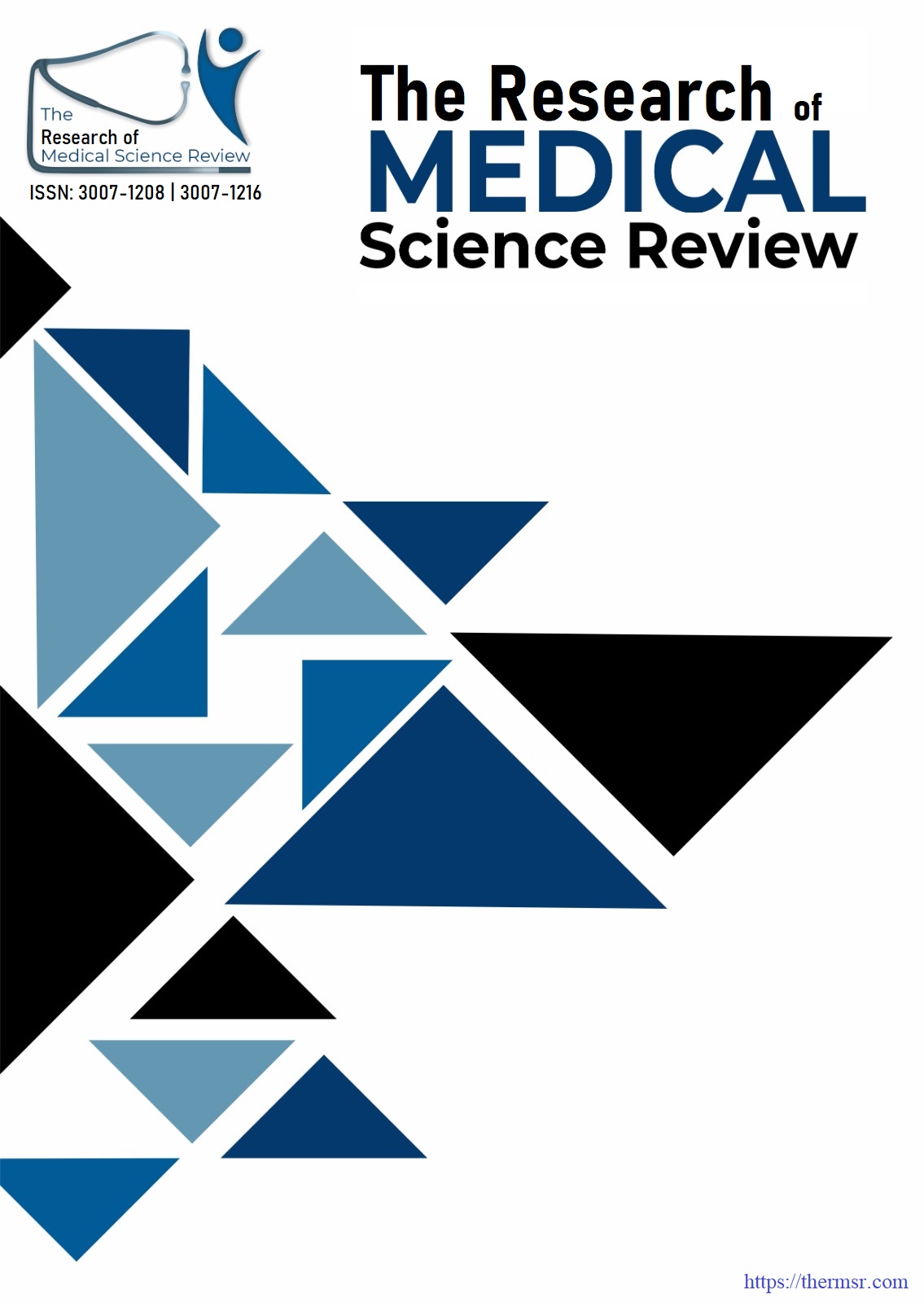THYROID STORM FOLLOWING CORONARY ARTERY BYPASS GRAFT SURGERY: A RARE ENDOCRINE CHALLENGE
Main Article Content
Abstract
In this case report, initially presenting with dyspnea and chest discomfort, The 58 years old female patient reported a clinical history encompassing depression and diabetes mellitus. Later, she experienced an unanticipated attack of thyroid storm. Coronary artery
bypass(CABG) was successively performed on her after an emergent primary percutaneous coronary intervention (PCI) identified significant coronary artery disease. On the third day following the operation, she experienced an abrupt and puzzling decline in cognitive function, accompanied by elevated body temperature, rapid heartbeat, and severe hypertension. Thyroxine (T4) levels were significantly elevated (> 180.5 nmol/l), whereas thyroid-stimulating hormone (TSH) levels were suppressed (0.05uU/ml) according to a thyroid profile obtained on postoperative day 5. Multiple enlarged hyper vascular thyroid nodules were detected on a subsequent thyroid sonogram. Consistent with ongoing beta-blocker treatment, the patient's clinical condition significantly improved in the days that followed the prompt administration of methimazole and stress dose steroids. She was advised to continue taking decreasing steroid regimens and oral methimazole, with a follow-up appointment at the endocrinology department. In cardiac patients, this
case emphasizes the critical role of timely intervention in attaining a favorable outcome and the significance of thyroid storm in the differential diagnosis of unexplained postoperative deterioration.
Downloads
Article Details
Section

This work is licensed under a Creative Commons Attribution-NonCommercial-NoDerivatives 4.0 International License.
